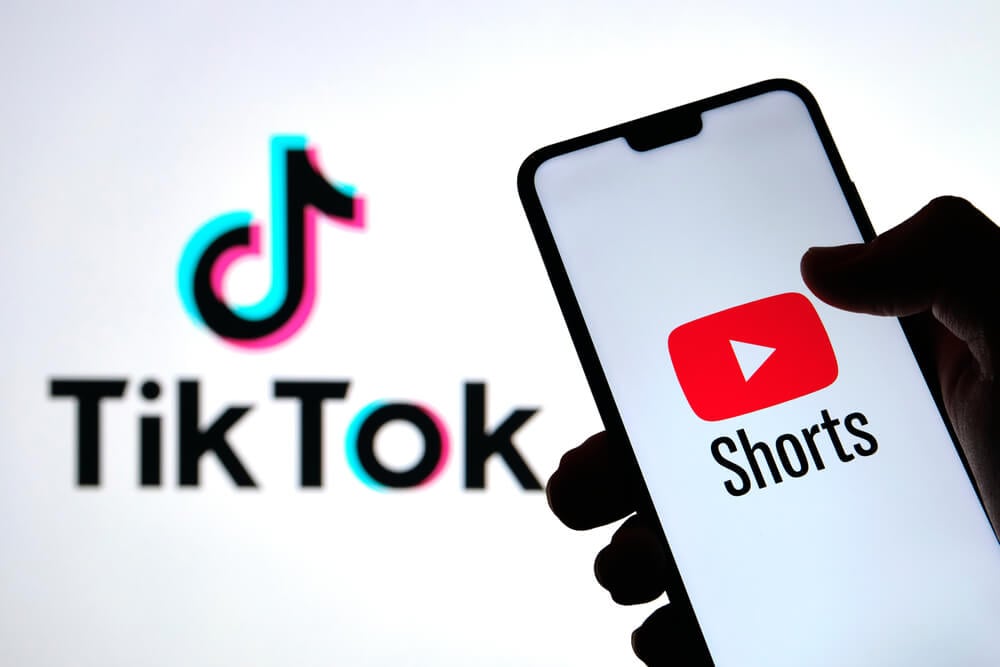Effective Buyer Personas: How to Create Them and Why They Matter

One of the most effective tools in a marketer's "toolbox" is the buyer persona. A buyer persona is defined as: "A fictionalized characterization of your best customer(s) based on information about them and how they use your product or service. These descriptions mirror your various market segments, with names to match the type of buyer."
Consider you run a footwear company and want to target construction workers. You might name one of your buyer personas Mark and say that he's between 30 and 45. He is married with two children, values comfort and quality in his work boots, and responds well to bold catchphrases.
In the following blog post, we'll discuss how you can put together an effective buyer persona, why they are so important, and how you can incorporate them into your marketing strategy.

Putting Together an Effective Buyer Persona
There are several aspects to developing a genuinely useful buyer persona. Four critical areas for consideration include:
- Conduct audience research: The first and most essential step to developing a buyer persona is discovering your target consumers. You can gain this information from your database of past transactions, market research initiatives, and other data sources. You want to uncover necessary demographic details about your audience, such as age range, gender, income level, education level, etc. You should also learn as much as you can about their interests, concerns, goals, and aspirations.
- Identify pain points: Once you have a clear understanding of who your target buyers are, ask yourself what pain points they're facing. For instance, in the example of the footwear company above, does the target consumer have a problem with uncomfortable boots? Are they concerned with pricing?
- Determine goals: Pain points and goals are two sides of the same coin. When it comes to your product, what are your target customers seeking? What objectives do they want to reach by using the product?
- Define your "difference-maker": Once you've considered things from the customer's viewpoint, it's time to ask yourself: "How can our brand/product help our consumers? What separates our company from the competition?" Defining your brand's differentiating factor will help you to develop an impactful USP (unique selling proposition) for your messaging.
Once you have compiled all the relevant information for your buyer persona, it's time to put the data points together. You should aim for the same level of information you would see on a dating site or gain from a short conversation with your prospect. For instance, you could say that your buyer persona "Foreman Mark:"
- Is 38 years old
- Has been married for ten years
- Has a 7-year-old and a 4-year-old
- Oversees a construction crew based out of the suburbs
- Enjoys fishing and the outdoors
- Takes about four weeks of vacation throughout the year
- Likes driving heavy-duty trucks
- Etc.
The Importance of a Buyer Persona
There are several benefits associated with an effective buyer persona. These include the following points:
- A buyer persona allows you to gain more in-depth insight into your target audience. When you have a better understanding of who you're marketing to, you can refine your messaging and tone for maximum effect. For instance, if your target consumer has a relatively quiet personality and shies away from aggressive language, then a campaign revolving around the catchphrase: "Crush your workweek!" probably won't gain much traction.
- Buyer personas allow you to segment your consumer base more efficiently. When you've developed multiple buyer personas, you can create ads and messaging directed explicitly at each segment.
- Buyer personas enable you to execute better marketing campaigns. When you consider how profound insights into your consumer base are combined with advanced segmentation, it's clear that buyer personas typically result in higher-performing marketing campaigns. Many statistics support this conclusion. For example, buyer personas can make websites 2-5 times more effective and user-friendly for targeted users; and email campaigns segmented by buyer personas drive 18 times more revenue than broadcast emails.
How to Incorporate Your Buyer Persona into Your Marketing
The details of how you incorporate buyer personas into your marketing plan largely depend on your company's nature and your specific business needs. Here are just a few examples of how you can leverage your buyer persona into a more effective strategy:
- Your target consumer's typical age range may inform which marketing channels you use to spread your message (paid search, organic SEO, social media, TV advertising, OTT, and so forth).
- Characteristics and shared personality traits from your buyer persona can inform your marketing team's ad creative process.
- The pain points and goals you uncovered in the research phase should help you develop an appropriate USP for your audience, whether it revolves around quality, convenience, pricing, or another factor.
In summary, a buyer persona is an excellent way to "get inside the head" of your ideal customer. When developed properly, it can help you optimize your marketing campaigns and reap the highest possible ROI from your ad spend. If you need help creating an effective buyer persona, or have more questions on the subject, be sure to reach out to an experienced media partner today for more information.
Related Posts
Unveiling the Secrets: CoxNext Experts Answer 5 Vital Questions on Enrollment Marketing!
May 24th, 202323 Retargeting Statistics You Need to Know
April 26th, 2023Why Partner With Multiple Agencies When One Is All You Need?
April 20th, 202310 Key Tips for Using Video Shorts in Social Media Marketing
April 12th, 20238 Reasons to Use Video Shorts in Marketing
April 5th, 2023What is a White Labeling Service and Why Should You Consider It?
March 29th, 2023What is the Future of TV Advertising?
March 22nd, 2023Marketing Solutions for Every Step of the Buyers’ Journey
March 13th, 20237 Ways to Know Your Marketing Isn’t Working
February 28th, 2023Categories
- Marketing Strategy (90)
- Digital Advertising (47)
- Digital Marketing (28)
- Content Marketing (17)
- OTT (16)
- ROI (13)
- Content Creative (12)
- Agency Partnerships (11)
- Social (10)
- Video (8)
- COVID-19 (7)
- Advanced Data (6)
- Research (6)
- Technology (6)
- Cox Enterprises News (5)
- Generational Marketing (5)
- Industry: Travel (5)
- Industry: eCommerce (5)
- Advertising Budget (4)
- Industry: Higher Education (4)
- Social Media Marketing (4)
- E-commerce (3)
- Podcasts (3)
- Recruitment Marketing (3)
- Search (3)
- Social Media (3)
- Branding (2)
- Inclusive Marketing (2)
- Industry: Cannabis (2)
- Industry: Home Improvement (2)
- marketing budget (2)
- CoxNext News (1)
- Industry - Automotive (1)
- Industry: Healthcare (1)
- Influencer Marketing (1)
- Podcast Advertising (1)
- Privacy (1)
- working with an agency (1)








.jpg)
.jpg)
%20(1).jpg)
